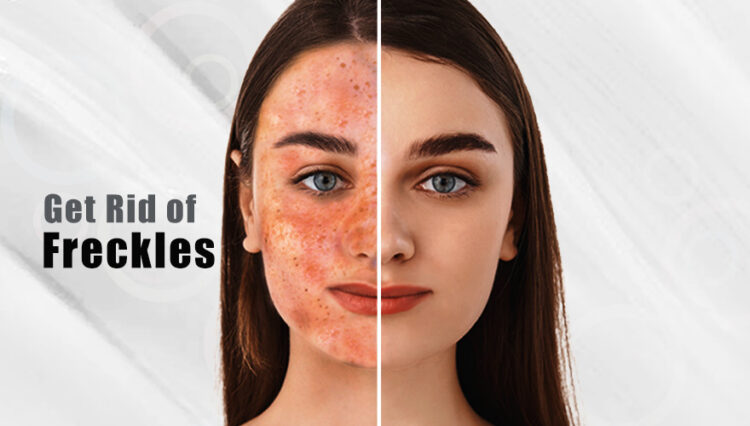How To Get Rid of Freckles – Best Facts You Should Get Know About!
Do you know how to get rid of freckles? Freckles are spots on your skin that are tan or light brown. They are made up of clusters of melanin-filled skin cells. Instead of being raised, like moles, freckles are flat.
Freckles don’t hurt or hurt you. Freckles may be in your genes, but no one is born with them. They happen when you go out in the sun. So, let’s see how to get rid of freckles.
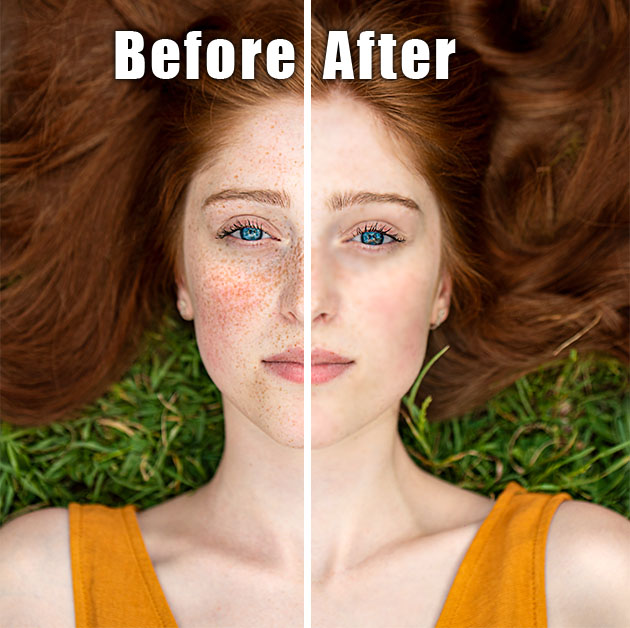
Seven Things to Think About If You Have Freckles and Want to Get Rid of Them
A sunblock
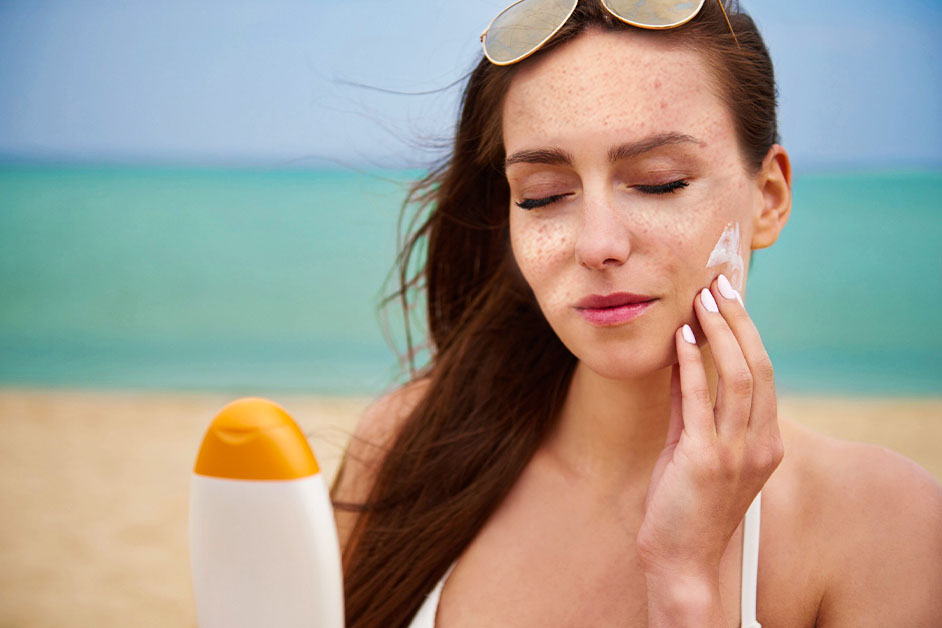
Sunscreen won’t get rid of the freckles you already have, but it can help stop you from getting more. Even when it’s cloudy, you should always wear sunscreen.
- Sunscreen should have at least an SPF of 30.
- At least 15 minutes before you go outside, put sunscreen on your bare skin.
- Sunscreen should be reapplied every two hours and right after swimming or sweating.
Fading cream for the skin
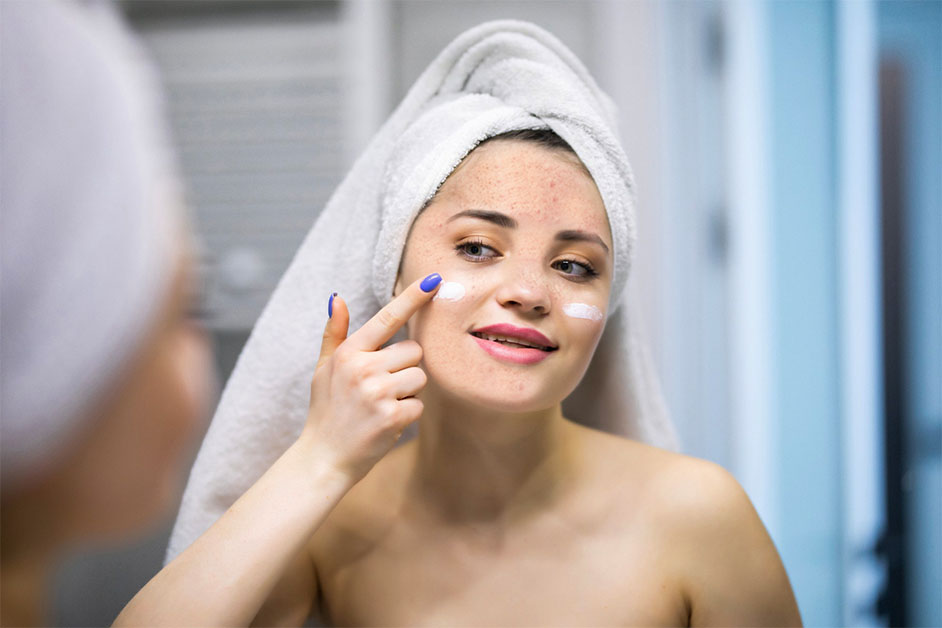
Bleaching cream, another name for fading cream, can be bought over the counter or with a prescription. Many fading creams have an ingredient called hydroquinone, which is thought to stop melanin production and lighten dark spots on the skin. Hydroquinone cream applied to the skin may cause:
- Inflammation
- Dryness
- Burning
- Blistering
- change in the color of the skin.
In 1982, the U.S. Food and Drug Administration (FDA) said that bleaching products with up to 2% hydroquinone were generally safe and effective. In 2006, new evidence rested. The source suggested that hydroquinone might give rats cancer and cause their skin to get darker and change shape. The FDA asked the National Toxicology Program to look into hydroquinone more (NTP).
Retinoid cream for the skin
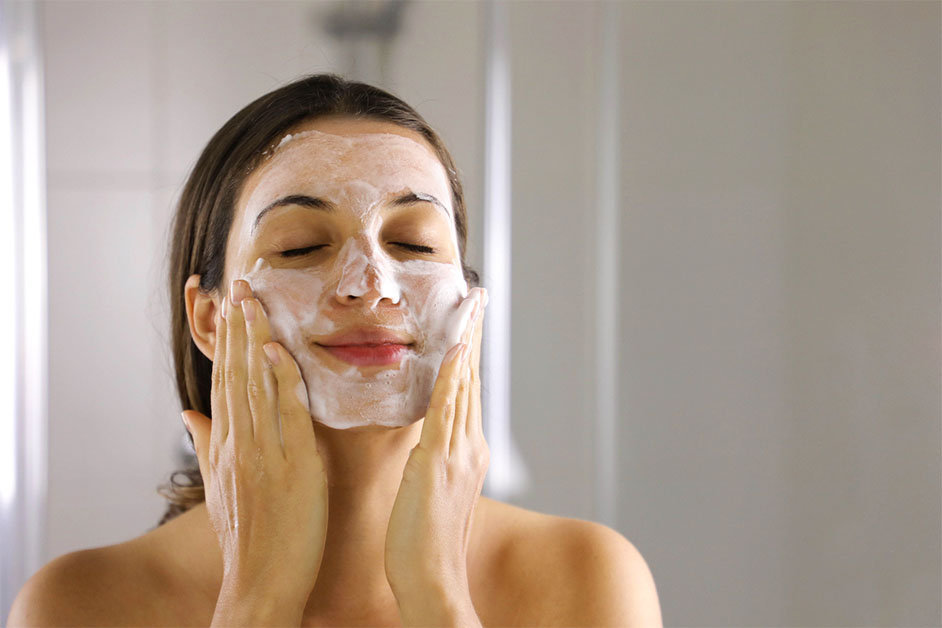
Retinoid cream is a build-up of vitamin A. It is used to heal sun-damaged skin and make freckles less noticeable. According to a 2014 review, retinoids may help protect against sun damage by soaking up ultraviolet B radiation. This might stop new freckles from showing up. You can get retinoid creams with or without a prescription. These are common side effects:
- redness dryness
- Irritation, peeling, and sensitivity of the skin
Peel chemical
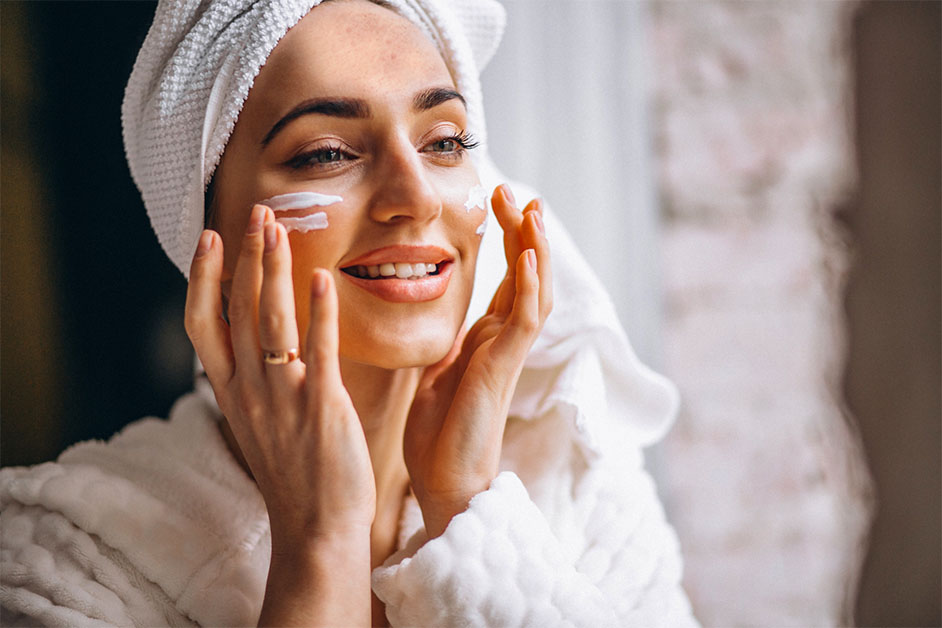
In a chemical peel, a chemical solution is used to remove dead skin cells and peel off damaged skin. To get rid of freckles, a mild peel with glycolic acid or trichloroacetic acid goes into the middle layers of the skin. When damaged skin is taken off, new skin grows in its place.
Chemical peels may temporarily:
- stinging speeling
- redness sirritation
- crusting swelling
The American Society for Dermatologic Surgery says that it can take two weeks to heal a moderate skin peel. You’ll have to soak your skin every day and put ointment on it. You’ll also need to take antiviral medicine for up to two weeks and stay out of the sun until your skin heals.
Natural methods
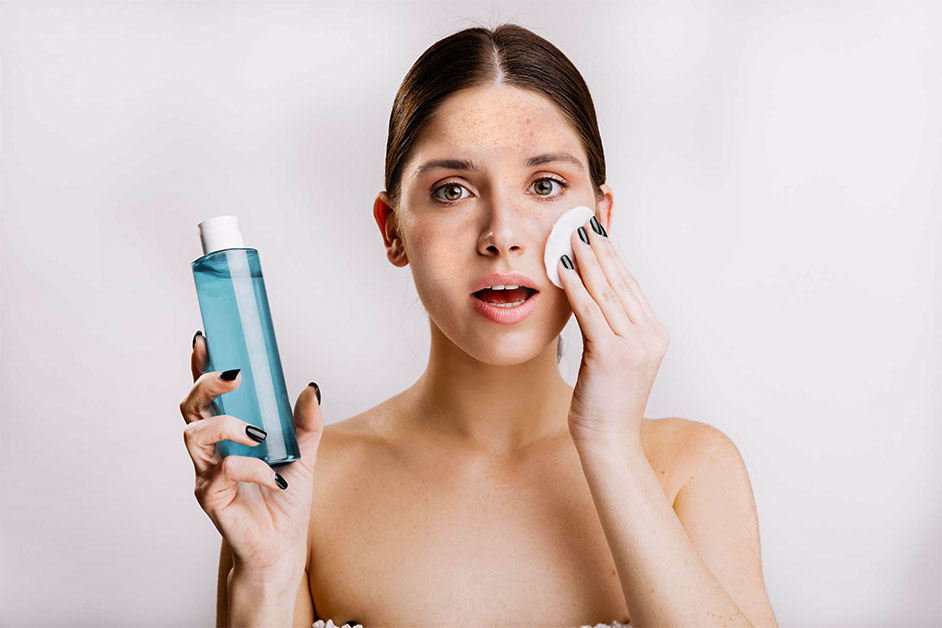
There are several natural methods to get rid of freckles that people swear by. None of them have been proven by science. Still, they most likely won’t hurt you if you use them in moderation. Among these natural cures are:
Lemon juice: Use a cotton ball to put lemon juice on your skin, and then wash it off. People think that lemon juice makes the skin lighter.
Honey: To make a scrub, mix honey with salt or sugar. Honey might help lighten spots.
Buttermilk: Put buttermilk on your skin directly. Leave it on for 10 minutes, then wash it off with warm water. Buttermilk and oatmeal can also be used to make a mask. Lactic acid, found in buttermilk, might help lighten your freckles.
Sour cream: Put sour cream directly on your skin, wait a few minutes, and wash it off. Sour cream has lactic acid in it, just like buttermilk.
Yogurt: Put yogurt on your skin and let it stay there for a few minutes. Lactic acid is also found in yogurt.
Onion: Rub the onion over your skin, and then wash your skin with warm water. Onion can help remove dead skin and may help fade spots.
If the treatment makes you feel bad, stop using it.
Laser surgery
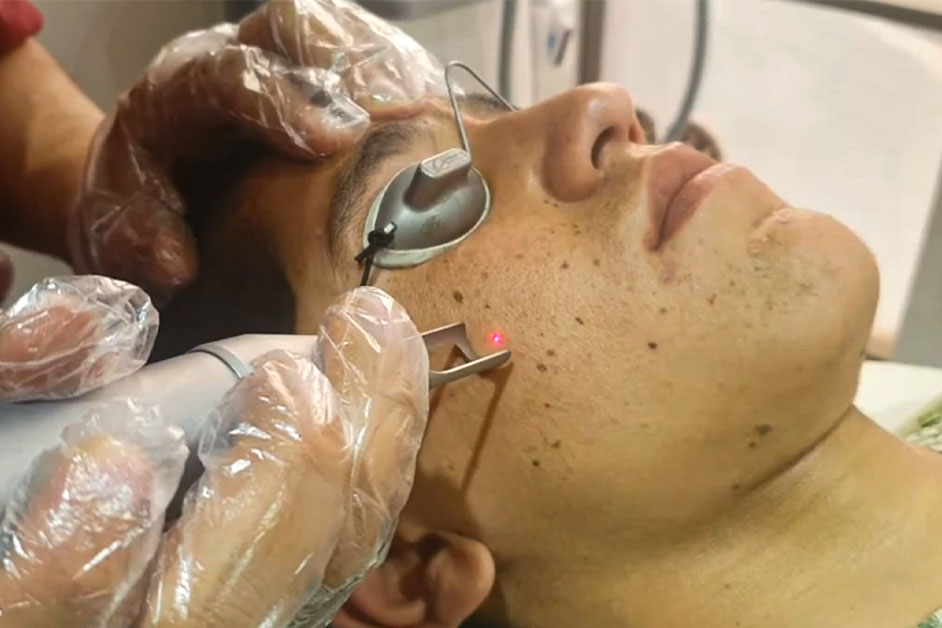
Laser treatment uses short bursts of intense, focused light to fix damaged skin. Lasers come in different kinds. 2015 research found that the 1064 Q-Switched Nd YAG laser works well to eliminate freckles. The laser used in the survey lightened more than half of the freckles on 62 percent. Most laser treatments are safe. Scars aren’t likely to happen. But there may be other side effects, such as:
- itching
- swelling
- redness
- crustiness
- peeling
- infection
- skin color changes
If you’ve had oral herpes in the past, you might need to take an antiviral drug before laser treatment. Because the laser can make your herpes around your mouth get worse.
Your doctor may also give you other pills or creams before the procedure. They may also tell you to stay away from certain drugs or products before the procedure. Tell your doctor about any creams or pills you are taking. Laser treatment could take up to two weeks to heal. You need more than one session to get the results you want most of the time.
Cryotherapy
Very cold liquid nitrogen is used in cryosurgery to freeze and kill skin cells that don’t work right. Cryosurgery is usually safe, doesn’t need anesthesia, and doesn’t take long to heal. Some possible side effects include lightening the skin, bleeding, and blistering. Scarring is rare after cryosurgery.
What Makes Freckles Happen?
Melanocytes, which are cells in your skin, make the pigment melanin. Melanin helps keep the sun’s UV rays from hurting your skin. Melanocytes produce more melanin when they are exposed to sunlight. Freckles are caused by a grown-up of melanin on the top layer of your skin.
Freckles are mostly found on fair-skinned people, but anyone can get them. Even though people with lighter skin make less melanin than people with darker skin, their melanocytes produce more melanin when they are in the sun.
Freckles might go away by themselves. Some freckles plan to stick around for a long time. Others are more noticeable in the summer because they get more sun, but they will go away in the winter or if you stay out of the sun. Freckles that run in your family may go away as you get older. Sunspots tend to get worse as people get older.
FAQ
How do you permanently get rid of freckles?
Laser therapy is one of the ways to get rid of freckles. Many freckles can be removed in just one session, and even freckles that don’t go away can become less noticeable after a few sessions.
Can the freckle be taken off?
If you want to get rid of your freckles, your dermatologist may suggest Laser surgery: Laser therapy can contact rid of freckles and other kinds of skin discoloration. The lasers can eliminate the extra pigmentation, make more collagen, and put new skin cells on the skin’s surface.
Conclusion
Even though freckles are common and harmless, many people want to get rid of them because they look bad. Laser therapy and chemical peels are both effective, but they require a long time to heal and can have serious side effects.
If you want to reduce your freckles, talk to a dermatologist about the best way to do it. No matter which method you choose, it’s an aid to avoid getting new freckles by staying out of the sun.

